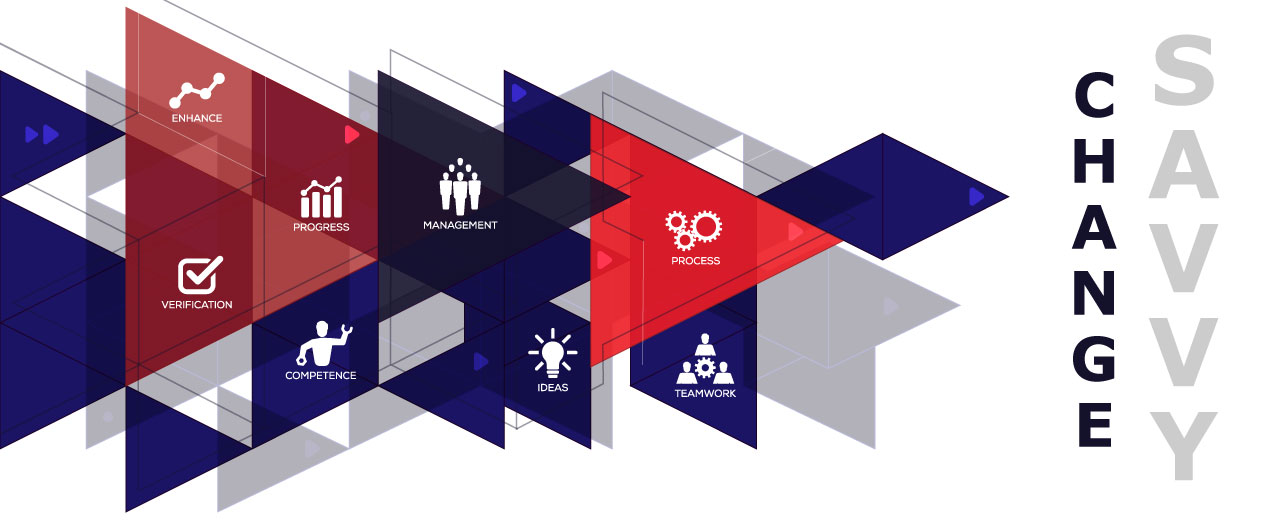Recent developments have shed new and fascinating light on how people react to change, and therefore how the best leaders can manage people through it. We call this being change savvy. The work by Dr Evian Gordon that there is a governing driver to maximise threat and minimise reward is particularly relevant.
Change savvy recognises that the brain treats social needs in the same way as it treats the need for food and shelter. So, in change situations, there is a tendency for the threat response to be activated – and there are five times more neural networks that scan for threat – but with careful management, change savvy leaders can minimise this and even activate reward responses. It also means that we need many more reward responses than you’d expect in order to feel good; and, one threat can override a number of rewards.
Whether people feel a threat or reward will have significant impact on their problem solving, decision making, stress management, collaboration and motivation. Change savvy leaders know the drivers that cause a threat response which means you can design initiatives to minimise threat. Change savvy leaders understand the drivers that activate a reward response which means you can motivate people more.

